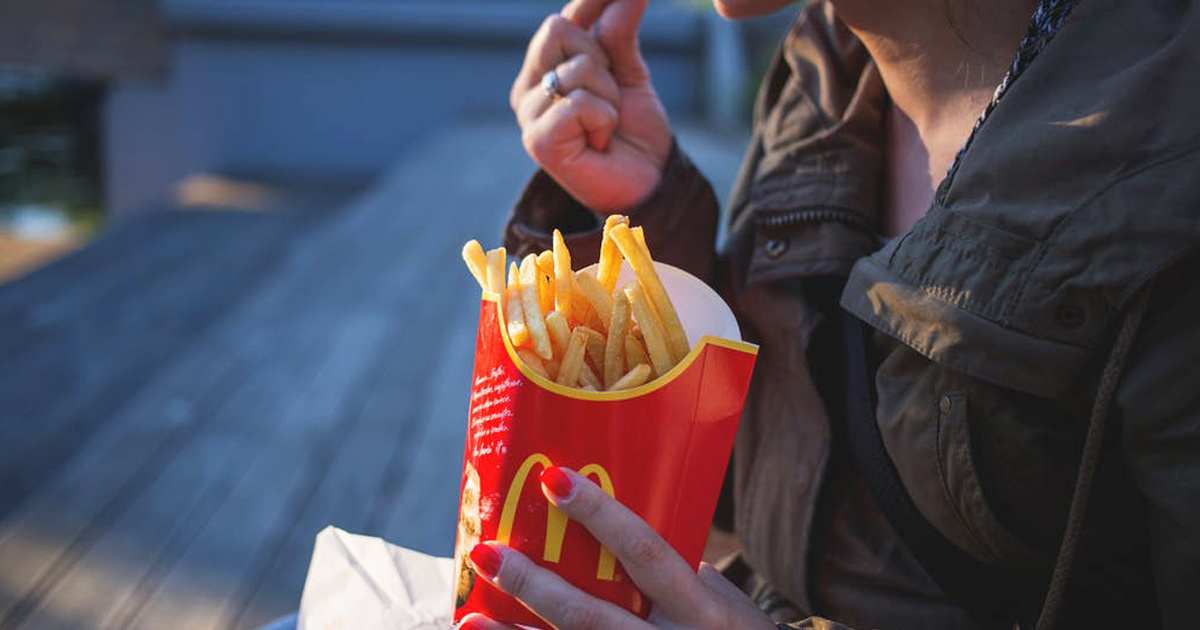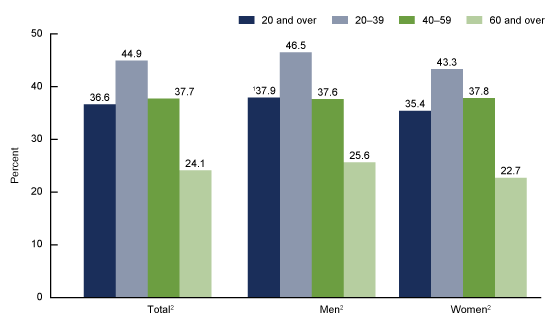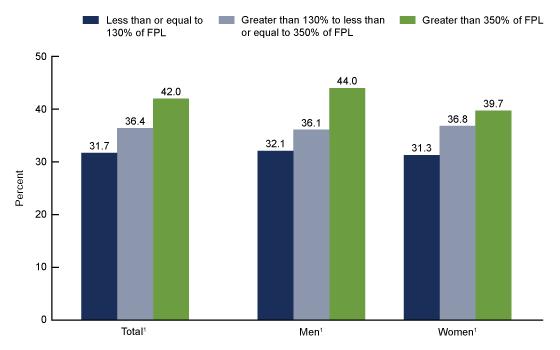
More Than 80 Million U.S. Adults Consume Fast Food on Any Given Day

Pexels
More than a third of Americans eat fast food on any given day.
That’s the key finding of a report released Wednesday by the Centers for Disease Control and Prevention‘s (CDC) National Center for Health Statistics (NCHS) that tracked the fast food consumption of Americans between 2013 and 2016.
“On any given day in the United States, an estimated 36.6 percent or approximately 84.8 million adults consume fast food,” report first author and CDC statistician Cheryl Fryar told CNN.
Registered dietitian at the Ohio State University Wexner Medical Center Liz Weinandy, who was not involved in the report, said that adults underestimate the risks posed by fast food, which is typically high in fat, calories, salt and sugar but low in essential nutrients.
“It is funny, when we see news clips of a shark swimming near a beach, it scares us into not going near that beach. However, what we should be scared of is double cheeseburgers, French fries and large amounts of sugary beverages,” Weinandy told CNN.
Fryar said her team conducted the research because of the supersized role that fast food has come to play in U.S. eating habits.
“We focused on fast food for this report because fast food has played an important role in the American diet in recent decades,” she said. “Fast food has been associated with poor diet and increased risk of obesity.”
Overall, the study found that percentage of fast-food-eating adults decreased with age, with 44.9 percent of adults aged 20 to 39 indulging, 37.7 percent of adults 40 to 59 eating the stuff and only 24.1. percent of adults aged 60 or more chowing down on any given day. More men consumed fast food than women, for a difference of 37.9 percent vs. 35.4 percent.
A breakdown of adult fast food consumption by age and sex.CDC NCHS
One surprising finding was that fast food consumption actually increased with income. Only 31.7 percent of lower-income Americans, defined as those living on an income equal or less than 130 percent of the national poverty level, ate fast food on a given day compared to 36.4 percent of middle income Americans and 42 percent of higher income Americans.
“That connection or correlation is opposite of what I perhaps would have expected,” Director of Clinical Research at the Global Obesity Prevention Center at Johns Hopkins Bloomberg School of Public Health Dr. Lawrence Cheskin told CNN. “But we need these kinds of studies and these kinds of facts and statistics to get a better understanding of what drives the use of foods that, as a nutrition expert I would say, are not your first choice for a variety of reasons.”
A breakdown of adult fast food consumption by income level, based on the federal poverty level (FPL) and sexCDC NCHS
When it came to race and ethnicity, the breakdown of fast-food consumption on any given day was as follows:
- Non-Hispanic black adults: 42.4 percent
- Non-Hispanic white adults: 37.6 percent
- Hispanic adults: 35.5 percent
- Non-Hispanic Asian Adults: 30.6 percent

 233k
233k  41k
41k  Subscribe
Subscribe 

